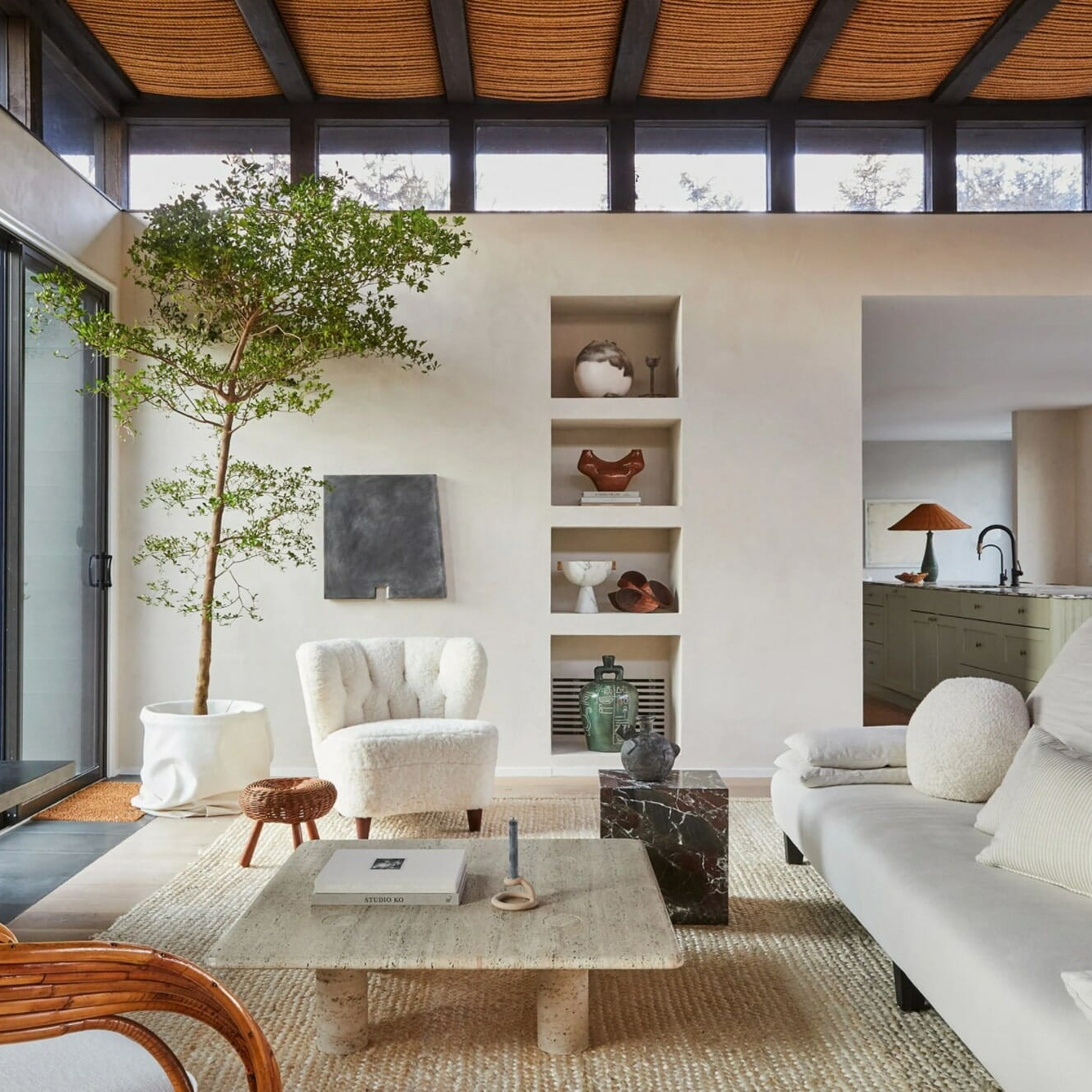Introduction
Wood is one of the most versatile and widely used materials in the world, prized for its natural appeal, durability, and strength. But beyond its fundamental properties, wood also plays a crucial role in the way we perceive and interact with light. From its unique grain patterns and reflective qualities to its ability to diffuse, refract, and manipulate light, wood is a material that has captivated artists, architects, and designers for centuries.
In this article, we will explore the complex and fascinating relationship between wood and light, examining the ways in which these two elements interact to create unique and compelling aesthetics, as well as the practical considerations that come into play when working with these materials.
The Beauty of Wood Grain
One of the most striking characteristics of wood is its grain pattern, which is created by the way in which the fibers of the wood grow and interact with one another. This pattern can range from straight and uniform to irregular and unpredictable, and can often vary within the same piece of wood. When light interacts with the grain pattern of wood, it creates a series of shadows and highlights that not only accentuate the natural beauty of the material but also give it a sense of depth and texture.
The Effect of Light on Wood Grain
The way in which light interacts with wood grain can vary depending on a number of factors, including the direction and intensity of the light source, the type of wood, and the finish applied to the surface. For example, darker woods with deeper grain patterns like mahogany or cherry tend to absorb more light and create darker shadows, while lighter woods with more subtle grain patterns like maple or ash reflect more light and create brighter highlights.
Designing With Wood Grain and Light
Designers and architects have long been fascinated by the interplay between wood grain and light, and have used this relationship to create stunning visual effects in their work. From the ribbed walls of Alvar Aalto’s Paimio Sanatorium to the intricate lattice work of Frank Lloyd Wright’s Fallingwater, wood grain has been used to create texture, depth, and movement in architectural design.
Light and Shadow
In addition to its interaction with wood grain, light also plays a crucial role in the way we perceive the shape, size, and color of wooden objects. By casting shadows and highlights on the surface of the wood, light can create the illusion of depth and dimension, while also accentuating the natural color and texture of the material.
The Role of Light in Color Perception
The color of wood can be influenced by a variety of factors, including the species of the tree, the type of cut used in the milling process, and the finish applied to the surface. When light interacts with the surface of the wood, it can also affect the way in which we perceive its color, creating subtle variations and nuances that can shift depending on the angle and intensity of the light source.
Creating Depth with Light and Shadow
By strategically placing light sources and creating areas of shadow and contrast, designers and artists can use light to create the illusion of depth and movement on the surface of wooden objects. This technique can be seen in the work of sculptors like Isamu Noguchi, who used light and shadow to highlight the natural curves and shapes of his wooden sculptures, as well as in the design of lighting fixtures like the Akari lamp, which use paper and wood to create diffused and dynamic light patterns.
Practical Considerations for Working with Wood and Light
While the relationship between wood and light can be a source of endless inspiration and creativity, it is also important to consider the practical considerations that come into play when working with these materials. Factors like the type of wood, the finish applied, and the intensity and direction of the light source can all affect the way in which light interacts with the surface of the wood, and should be carefully considered when designing and constructing wooden objects or structures.
Choosing the Right Type of Wood
Different types of wood have different characteristics when it comes to light, with some species absorbing more light and creating darker shadows, while others reflect more light and create brighter highlights. When choosing a type of wood for a particular project, it is important to consider the desired visual effect and choose a wood species that will help achieve that outcome.
Applying the Right Finish
The finish applied to the surface of the wood can also have a significant impact on the way in which light interacts with the material. Matte finishes tend to absorb more light and create darker shadows, while glossier finishes reflect more light and create brighter highlights. The type of finish applied should be chosen based on the desired visual effect, as well as the intended use of the wooden object or structure.
Understanding Light Sources
Finally, it is important to understand the characteristics of different light sources when designing with wood and light. Natural light, for example, can vary depending on the time of day and weather conditions, while artificial light can vary depending on the type of bulb used, the color temperature of the light, and the direction and intensity of the light source.

